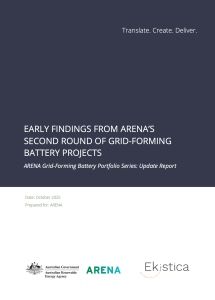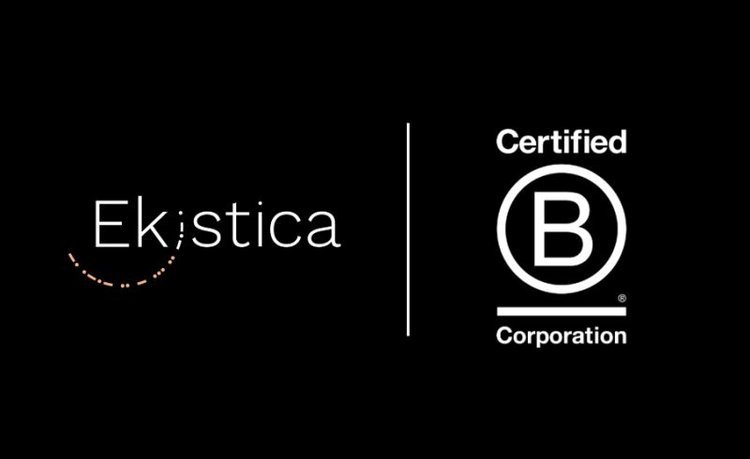Homelands - also referred to as outstations - are small and often remote, Aboriginal living areas that are defined by their residents’ cultural or traditional connection to that land and play an important role in the cultural and social life of many Aboriginal people. There are over 1200 Homelands in Australia, with more than 600 in the Northern Territory alone.
Lyndon Frearson, Managing Director of Ekistica said “Funding and support for Homeland energy service delivery is currently fragmented, with roles, responsibilities and funding spread across various federal, and state/territory governments, with many service gaps. While the recent FFA presents a framework for a more coordinated approach to Homelands support than has been seen in almost two decades, it is limited in scope and lacking specificity with regards to objective outcomes - a persistent issue with Homeland support programs”.
Ekistica, in collaboration with Government funding bodies and Land Councils, are seeking to address this issue by developing a set of core minimum service outcomes (including defined responsibilities, energy availability and reliability thresholds, and local participation and capacity building objectives) that can inform the development of transparent cost frameworks, support the efficient prioritisation and delivery of energy services, and provide a transparent and interrogable basis for forecasting long-term funding and delivery needs.
The development of the model will draw on valuable experience and lessons learned from the Bushlight Program, delivered by Ekistica’s parent organisation, the Indigenous controlled the Centre for Appropriate Technology Limited (CfAT), from 2002-2013. Bushlight demonstrated that a collaborative, outcomes-focused approach—combining standardised planning, delivery, technology, and support frameworks, and ongoing and meaningful engagement with residents—can effectively address the significant challenges to delivering adequate and reliable energy services in Homelands. Over the course its operational life, Bushlight managed the establishment of more than 150 standalone energy systems in Homelands across Central and Northern Australia, and coordinated the maintenance and support of 250 systems. Most of these systems are still operational and held in high regard by residents, but are reaching the end of their intended lifespan and will soon require replacement. Significant re-investment in Homeland energy systems is now urgently needed.
Niki Ross, CEO of CfAT said “Since Bushlight ended, Homelands have been largely left on their own and struggled to get the support they need to maintain their energy systems. The Bushlight project showed how you can do this well; people really appreciated how Bushlight worked with them and supported them to be active participants in their energy service arrangements. We need to reestablish this and have clear roles for residents and other stakeholders including government.”
In addition to the model development, the project will also develop hardware to support residents to actively manage their energy supplies through real-time information and controls; and remote communication and monitoring systems to support proactive and preventative maintenance.
But while technical innovation and solutions are important, the key challenge remains, how to effectively coordinate resources to realise reliable energy service delivery to Homelands, and to establish governance structures that support the ongoing maintenance of these services, that is supported by all key stakeholders, from Homeland residents through to the Federal Government.










